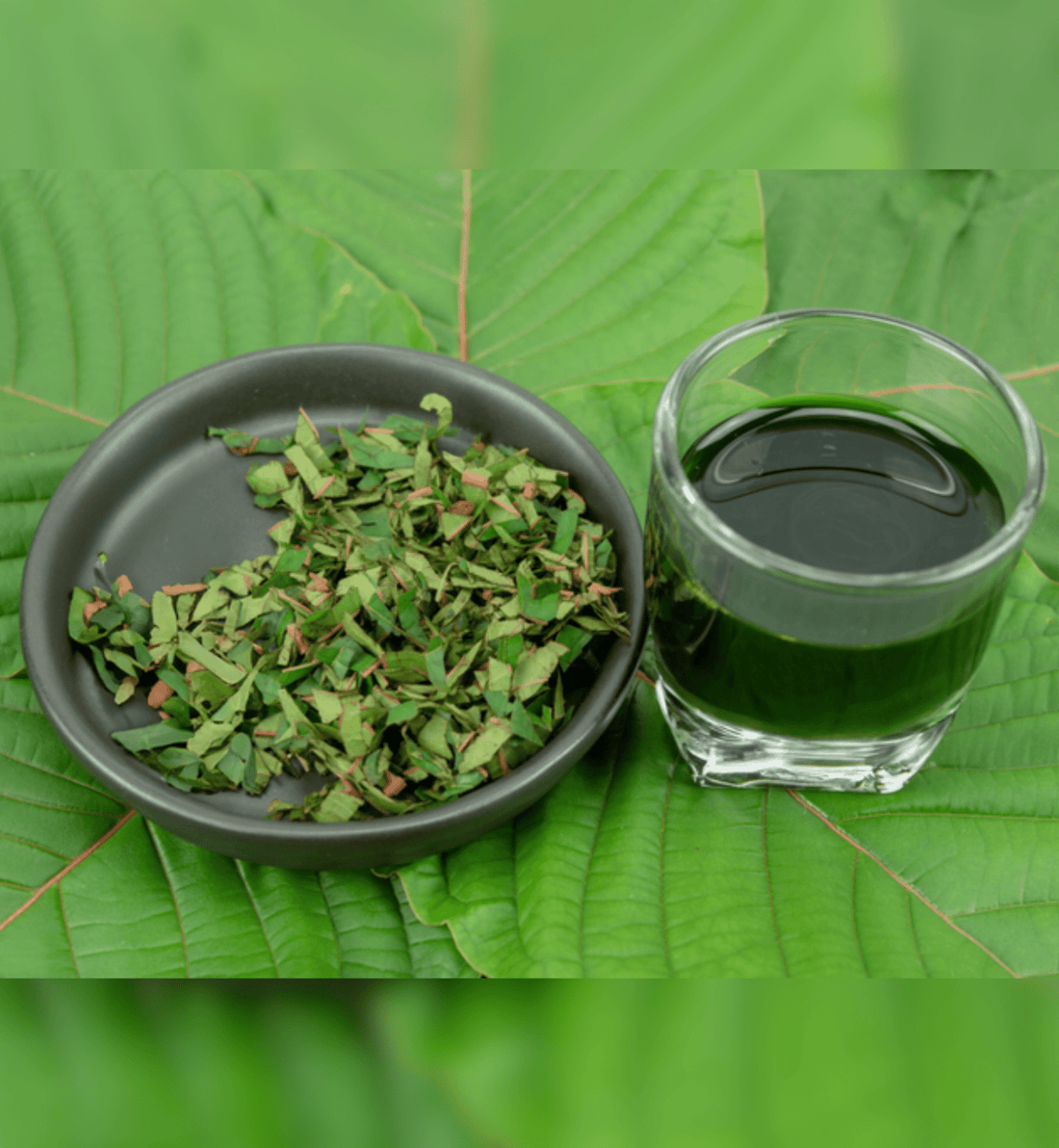
Kratom Tea Benefits: What to Expect for Your Wellbeing
SEO DepartmentHave you ever considered adding an herbal beverage to your wellness routine? Kratom tea can be your go-to drink!
Kratom tea, made from the leaves of the Mitragyna speciosa plant, is gaining interest for its potential wellness benefits. Traditionally used in Southeast Asia, it has found its place among various wellness options thanks to its unique properties and active compounds.
This tea offers more than just a warm drink; it provides a distinct experience based on the amount taken and the strain of Kratom. Kratom tea is versatile and can be customized to suit individual wellness goals.
But what are the Kratom tea benefits, and how does it work? In this article, we will explore Kratom tea’s legality, the active compounds responsible for its effects, its potential benefits, and alternatives for those curious about other wellness teas.
What is Kratom Tea?

Kratom, an evergreen tree from the coffee family, is native to Southeast Asia, particularly Indonesia, Malaysia, and Thailand. It has been used for centuries in these regions, and it is known by names like ketum, biak-biak, and Maeng Da.
Traditionally, Southeast Asian laborers chewed Kratom leaves or brewed them into tea which may boost alertness and endurance. Beyond daily intake, Kratom also held cultural significance in social rituals and was historically used for wellness. Its unique properties continue to attract interest worldwide for traditional and modern applications.
Is Kratom Tea Legal?
Kratom tea remains legal in most of the United States, though its intake has sparked debate. The Drug Enforcement Agency (DEA) lists Kratom as a “drug and chemical of concern” due to limited data on its safety.
In response, some states have moved to ban its primary active compounds, reflecting ongoing concerns about potential health risks. Despite these restrictions, Kratom tea continues to be widely taken, with customers drawn to its unique properties, though its future legality remains uncertain as more research is conducted.
What are the Active Compounds in the Kratom Tea?

Kratom tea owes its effects to two primary alkaloids -
-
Mitragynine - This is the most abundant alkaloid in Kratom and is responsible for its stimulating and wellness effects at low servings.
- 7-Hydroxymitragynine - Though present in smaller amounts, this alkaloid is considered stronger than mitragynine and is associated with more wellness effects.
These active compounds contribute to Kratom tea's unique properties, and the effects vary based on the amount taken.
What are the Potential Benefits of Kratom Tea?
Kratom tea has gained popularity for its reported wellness benefits, but scientific evidence to support these claims is limited. The effects of kratom tea can vary widely and often depend on several factors, including servings, the product’s strength, individual body chemistry, age, underlying health conditions, and prior experience with kratom.
Since the Food and Drug Administration (FDA) does not regulate Kratom products, quality and strength can differ significantly between products, making it challenging to predict effects reliably. Much of what is known about Kratom’s impact comes from customer-reported experiences, which may introduce bias and make it difficult to draw definitive conclusions.
As a result, while some customers report benefits, these claims remain largely anecdotal and should be approached with caution until more rigorous scientific studies provide clearer insights.
Alternatives to Kratom Tea

If you are exploring ways to support wellbeing, here are some alternatives to kratom tea -
- Green Tea - known for its antioxidants and moderate caffeine content, this tea can boost energy and promote focus.
- Ginger Tea - has a reputation for supporting digestion and overall health. Ginger is a soothing caffeine-free option.
- Chamomile Tea - a well-known choice, providing calming effects and relaxation without any stimulants.
- Kava Tea - Like Kratom, Kava tea is often taken for relaxation and may promote a sense of calm.
Each alternative offers unique benefits, so experimenting with different herbal teas may help you find the best fit for your wellness needs.
Summary of Benefits of Kratom Tea
Kratom tea benefits are often highlighted by those seeking wellness options, particularly in Southeast Asia, where this tea has long been valued. The key active compounds in Kratom beverages, mitragynine, and 7-hydroxymitragynine, contribute to its distinctive effects.
While many find that kratom tea may enhance their sense of well-being, it is important to approach it thoughtfully, as these compounds are strong and can affect individuals differently.
For those exploring wellness beverages, like green tea, chamomile, and Kava provide alternative benefits and might be worth considering. Ultimately, whether Kratom tea suits your lifestyle is a personal choice, best made in consultation with a healthcare provider who understands your unique health profile.
At Korthals' Collection, we are committed to sourcing only the finest ingredients to ensure a product line that meets the highest quality standards and provides satisfaction. Our range includes refreshing Kratom drinks, delectable edibles, strong extracts, and high-grade Kratom powder & capsules, all designed to suit a variety of preferences and needs.
Frequently Asked Questions
1) What does Kratom tea do?
Kratom tea can have wellness effects depending on the amount taken. Low servings may be associated with focus, while higher servings may offer calming and relaxation effects.
2) What is the traditional use of Kratom?
In traditional Southeast Asian practices, Kratom leaves were chewed or brewed as tea.
3) What is the best type of Kratom?
There is no “best” type, as the ideal Kratom strain varies by individual preference and desired effects. It is best to start with a lower serving to see which strain aligns with your goals.



